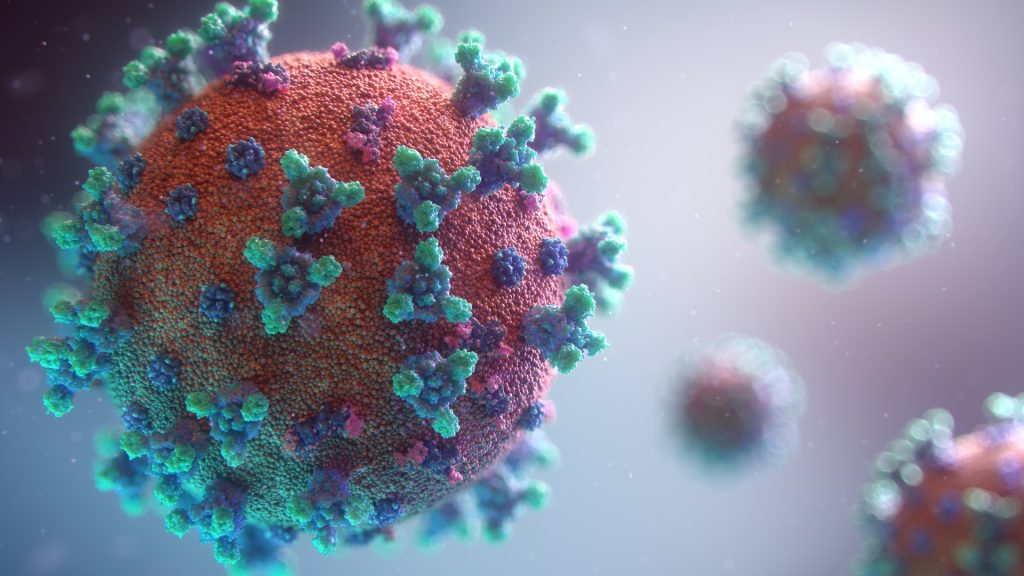Thrombin’s Involvement with Coagulation Reconsidered

After 20 years of research, an established truth of how thrombin interacts with coagulation has been overturned.
“It has been said that an established truth in medicine lasts for about 10 years. It is probably the case that many truths last longer, but on the other hand, the time that different truths stand is constantly shrinking. This is because our perception of reality is changing rapidly, in step with new research,” said Tom Eirik Mollnes, Professor at the University of Oslo and Oslo University Hospital.
Based on more than 20 years of work to develop a whole blood model, Mollnes and colleagues have recently disproved an established truth about the immune system.
“There was an established truth in the literature for many years that a protein in the coagulation system called thrombin could activate a protein called C5 in the complement system,” Prof Mollnes said.
However, Prof Mollnes and his colleagues doubted whether the methods used in the studies were reliable.
“The notion that the protein thrombin could activate the protein C5 was only shown in so-called purified systems. That is, the proteins were taken out of their natural context,” he explained.
The researchers thought that the results would possibly be different if you looked at how the proteins work in their natural environment in the blood.
“The modified model made it possible to study the connection between the various proteins and defence systems as close to reality as possible,” Prof Mollnes explained. “Using the new model, we clearly showed that the previous findings were incorrect. We showed that the proteins changed structure and function during the purification, and that this was the reason for the former findings.”
When the proteins were in their natural environment in the blood, thrombin did not activate the protein in the complement system. Thus, the researchers had disproved the established truth.
“Many findings have been published in purified systems that are not representative of reality,” he said. “You can say that Gro Harlem Brundtland’s statement that “everything is connected to everything” is a very good description of how biology and the human body work. Therefore, it is important to use methods that make it possible to look at how different systems in the body interact and cooperate.”
The whole blood model makes such methods possible, and the model can be used widely. The whole blood model can, by and large, be used to study all the substances and biological systems in the blood.
Professor Mollnes therefore considers the model to have great potential.
“With the whole blood model, we have contributed to something that we will not only benefit from in our own laboratory, but that can be an asset to research groups in a number of fields,” he said.
It takes time to develop new models, and it was a long uphill battle for Prof Mollnes and his research group. Even so, the researchers have now received recognition for their work from the research community. The article got a recommendation by the editors of The Journal of Immunology, [PDF] in which it was published, as a ‘Top Reads Selection’.
“Changing so-called established truths is not easy, and we had to go through many rounds, with a number of experiments, to gain acceptance for our findings. That is why our work was especially recognised,” he concluded.
Source: University of Oslo










